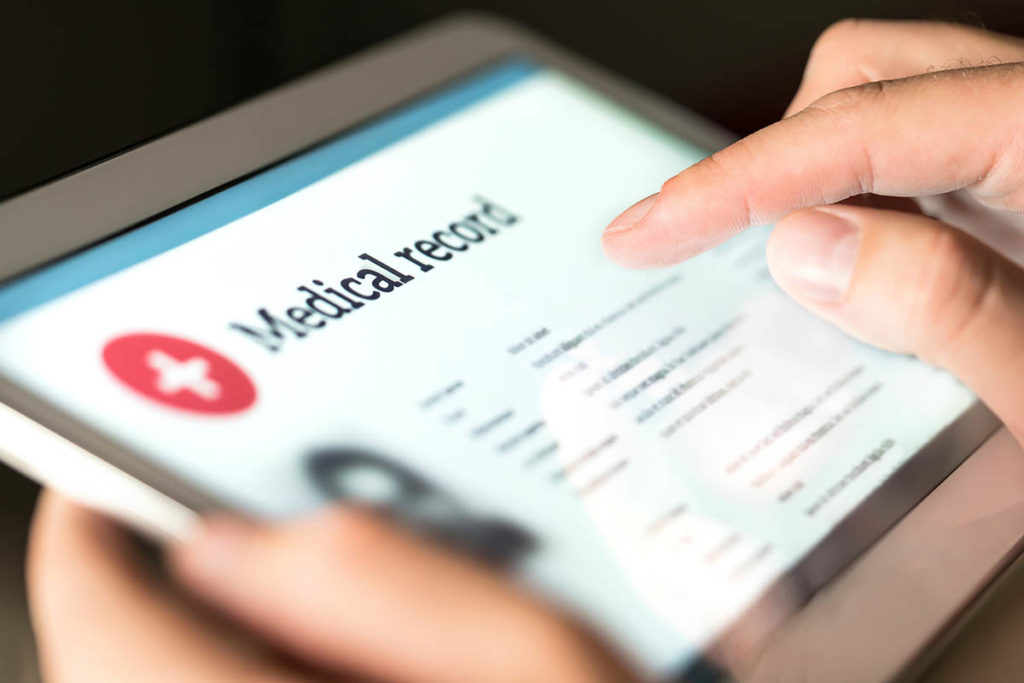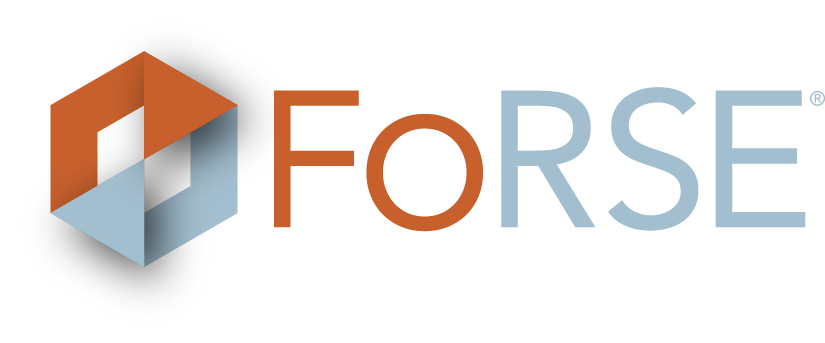Digital transformation occurs all around us every day. The medical field and behavioral health are no exception. Over the last few years, more and more facilities have begun implementing new technologies for improving their treatment and operations. And while the terms, “EMR vs EHR”, have been tossed around interchangeably in many cases, the truth is, they’re quite different. We’re going to go over not only the specific differences of an EMR vs. EHR but also the differences in a Unified Treatment Platform like Sunwave EMR.
Benefits of digital transformation of patient information provides:
Improved data over time
Automated reminders and alerts for care
Real-time data at your fingertips
More transparent and complete patient information
What is an EMR?
EMR stands for electronic medical records. EMR platforms are focused on the medical information needed for diagnosis and treatment of a patient at a single facility or group of facilities under the same ownership.
What is an EHR?
EHR stands for electronic health records and tends to focus on the overall medical history of a patient across multiple providers. These platforms are intended more so for sharing information and offer a more comprehensive view of the patient.
What is a Unified Treatment Platform?
A Unified Treatment Platform provides a complete look at the patient journey from admissions through claims processing. Sunwave is an example of a unified treatment platform that contains electronic medical records (EMR), customer relationship management (CRM), revenue cycle management (RCM), and alumni management – along with Telehealth and text messaging for improved communication.
The primary benefit of a unified platform is that your facility has a comprehensive picture of all patient data, not just their medical or health history. You can understand how your patient came to your facility, the progress your patient makes, and if you’ve been compensated appropriately for your services, all in one. With better data, you can make better decisions and ultimately provide better patient care.
Now, let’s talk about each of the components of a unified treatment platform, more specifically, Sunwave’s EMR platform:
Customer Relationship Management (CRM)
Purposely built for behavioral health, Sunwave’s CRM has the core components necessary for treatment facilities to operate efficiently right out-of-the-box so you can focus on building your brand and efficiency. With a streamlined intake process, quick verification of benefits, and in-depth information capture, your admissions team will be equipped to provide a great initial experience for all your patients.
Electronic Medical Records (EMR) – As discussed above, EMRs contain the original medical records of a patient at your facility. Sunwave offers prebuilt forms and a comprehensive face sheet which can all be customized to meet your facility’s unique needs. Medication management becomes a breeze with automated alerts, documentation/justification management, and signature approvals in just a few clicks.
Revenue Cycle Management (RCM)
After your patient has been admitted and is starting to receive treatment, Sunwave’s RCM helps you process clean claims along the way. With a validation engine containing over 150 prebuilt rules that you can customize, you can rest assured that your claims process will be more successful and efficient.
Alumni Management
Using the newly released Alumni Management Module, your team can follow up with patients after they’ve been discharged. With coordinated contact touch points and progress reports, your team can effectively extend treatment options to recovering patients who may be vulnerable.
To learn more about Sunwave’s unified treatment platform, schedule a demo with one of our behavioral health platform experts to build effective customer relations, treatment and operation.



